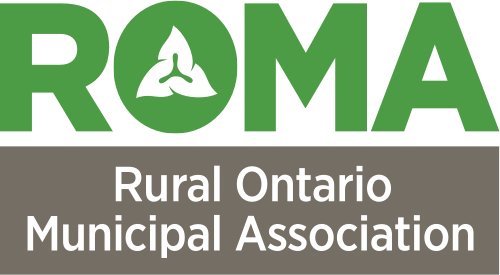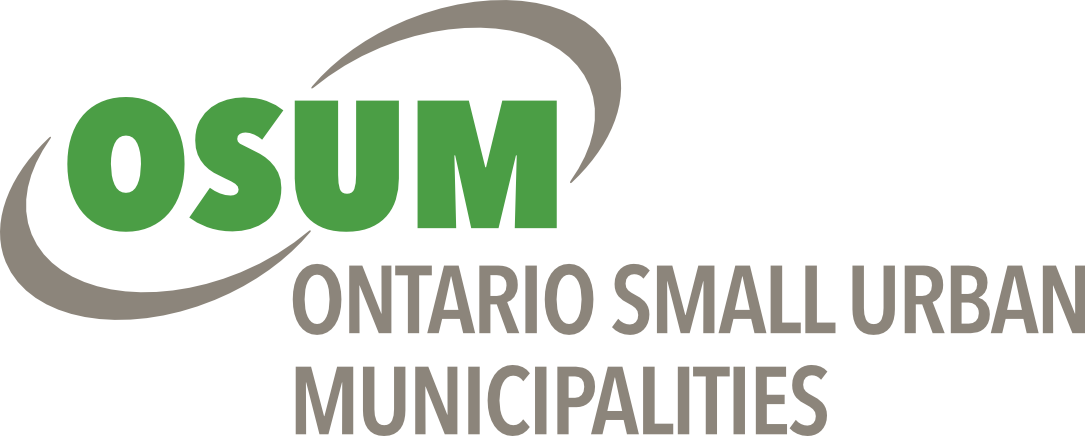Can you risk manage climate change at the municipal level? Here are some strategic considerations to get started.
By Jessica Jaremchuk
Vice President, Risk Management Services, Intact Public Entities
The average global surface temperature in 2021 was the sixth highest since global records began in 1880 and the 45th consecutive year with temperatures, at least nominally, above the 20th century average. Globally, the frequency and severity of catastrophic property losses are on the rise. No one can argue that our weather patterns have not changed. What was deemed to be a “100-year storm” years ago now occurs with increasing frequency. Municipalities must pivot to climate adaptation.
According to Munich Re, overall losses from worldwide natural catastrophes (cat losses) in 2021 totaled $350 billion dollars. The third highest level in almost four decades. Canada’s total was $2 billion, our 5th highest year on record. Nationally in 2021, there were 14 catastrophes, which ties with 2011 for second place. Canada is not immune to catastrophic property losses. The severe weather events in Canada in 2021 included rain, fires, windstorms, and flooding. Western Canada was particularly hard hit with wildfires (Lytton) and the flooding (Abbotsford, Merritt). The 2016 Fort McMurray wildfire event was the single largest cat loss in Canadian history. Prior to Fort McMurray, the largest single cat loss event was the Alberta floods of 2013. Eight of top 10 highest loss years on record occurred in the last decade.
To limit risk, municipalities should look at prioritizing the implementation of climate adaptations solutions to offset the potential impacts of severe weather events. By making smart, practical decisions, municipalities have the potential to reduce claims and limit risk in the future.
Considerations:
- What is the overall topography of your municipality?
If your municipality is in a low lying or coastal area, you might be at a greater risk of experiencing flooding. As our climate changes, many areas in Canada are experiencing increased amounts of precipitation in shorter amounts of time greatly impacting low lying communities. Does your municipality have a solution in place to handle surface runoff and water that cannot be absorbed by the saturated ground? Natural infrastructure such as wetlands can help reduce flood damages in cities and towns.
- Does your area experience drought or periods of extreme heat?
While parts of the country experience excessive rain, others may experience little to no rain or precipitation at all. If your municipality is in a heavily forested area that experiences hot, dry summers, you might be at a higher risk of experiencing wildfires. Municipalities in this area might consider the development of Fire Breaks to help naturally end wildfires and protect surrounding communities. By upgrading building materials to fireproof options municipalities can potentially reduce property losses in the event of a wildfire.
Municipalities play a critical role in protecting communities from the impacts of climate change. Your insurer should be an active participant in your climate adaption strategy. Ask what tools and resources they can provide to help your community in realizing its adaptation goals.





